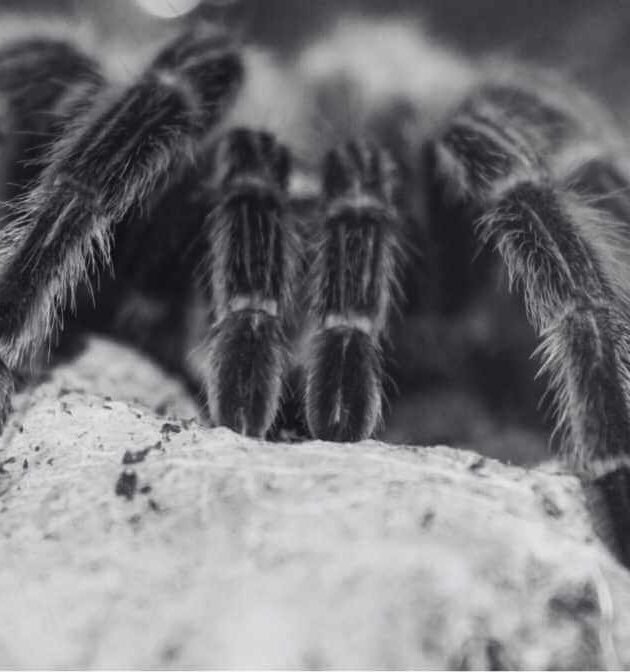
Ultimate Tips Controlling German Cockroaches
July 17, 2024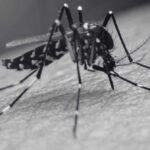
Dengue Mosquito Cases (Nyamuk Aedes) Increase by 65%
July 24, 2024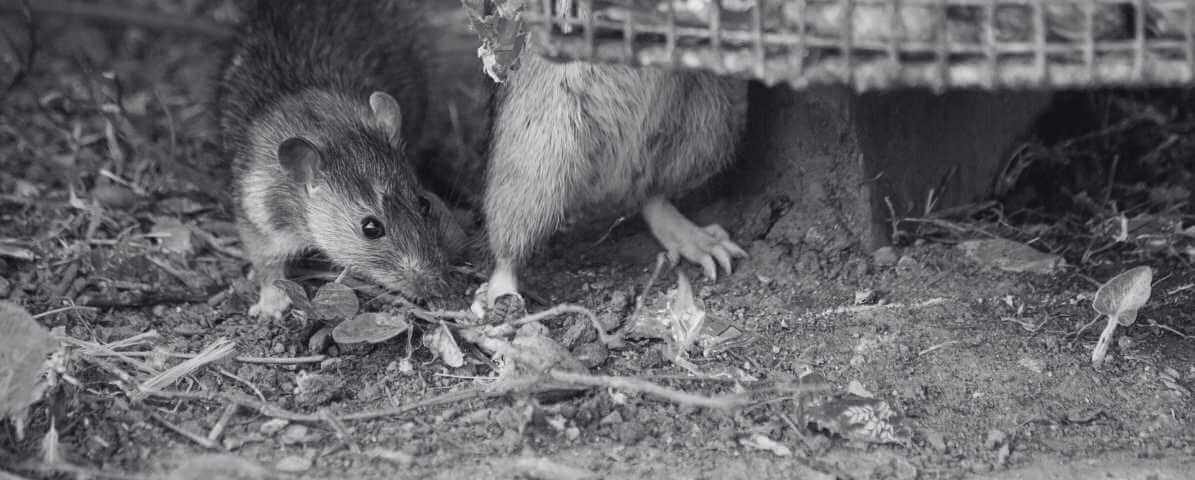
Rodent Blog
Rodent such and rats and mice carries of dangerous types of diseases that can lead to serious illness and in severe cases, death.
Hantavirus, Lymphocytic Choriomeningitis Virus (LCMV), Plague, Salmonella, Rat Bite Fever and Tularemia.
6 Dangerous Types of Diseases Rats and Mice Spread
Infestation commonly occurs during rainy months, seeking warmth, food shelter and a place to breed, multiplying in large number. Most people do not realise how much of a nuisance these uninvited pests can create in a short time. Rodents such as rats and mice are link with numerous health risks and in severe cases, death. In fact, they are capable of spreading more than over 35 dangerous diseases.
The diseases can spread through direct contact, handling live or dead rodents, rodent feces, urine, saliva or their bites. Diseases that they carry can also spread to humans indirectly through fleas, ticks or mites that fed on an infected rodent. Rodent droppings can aggravate allergies and transmit food related borne illnesses like salmonella. Moreover, they are capable of leaving up to 25,000 faecal pellets each year, a close estimation of 70 times daily.
Hence, control, prevention and prompt termination in cases of a rodent infestation problem is key. Below are detail summary of the most dangerous diseases associate with rodents: Hantavirus, Lymphocytic Choriomeningitis Virus (LCMV), Plague, Salmonella Rat Bite Fever and Tularemia.
Number 1 - Hantavirus Dangerous Rodent Diseases
Hantavirus

Hantavirus is a virus infections that can cause humans to be sick with kidney, blood or respiratory issues. We must be aware of the seriousness of having rodent in our property as it is potentially life threatening. It currently offers no specific treatment, cure or any kind of vaccination to remedy the situation. People get Hantavirus through several ways, but infestation in the property and surrounding remains the primary reason.
Virus is transmit from their urine, faeces or nest materials, meddling and becoming airborne that are inhale by people. Additionally, if an infected rodent bites someone, the virus is able spread to infect that bitten person. Researchers suspect people can be ill if they consume food contaminated with urine, faeces or saliva from infected rodent. Symptoms will show within a week to 5 weeks after being expose to urine, faeces or saliva of the infect rodents.
Infection can lead to Hantavirus Pulmonary Syndrome (HPS), severe respiratory complication that can be to death. Early symptoms will show fatigue, high fever and muscle and joint aches in the thighs, hips and back areas. They may also feel dizzy, feverish and chills, headache, nausea, vomiting, diarrhoea and abdominal cramps. Symptoms of Hantavirus infection will start appearing along with HPS in approximately 4 to 10 days' time.
It includes cough and shortness of breath and gradually respiratory distress and in more severe cases failure. No treatment to cure or vaccine develop for Hantavirus infection, instead rodent prevention and control in properties are crucial. However, if infection is detect early and sick patient receives intensive care, they may recover fully from the ordeal.
Number 2 - Lymphocytic Choriomeningitis Virus Dangerous Rodent Diseases
Lymphocytic Choriomeningitis Virus (LCMV)
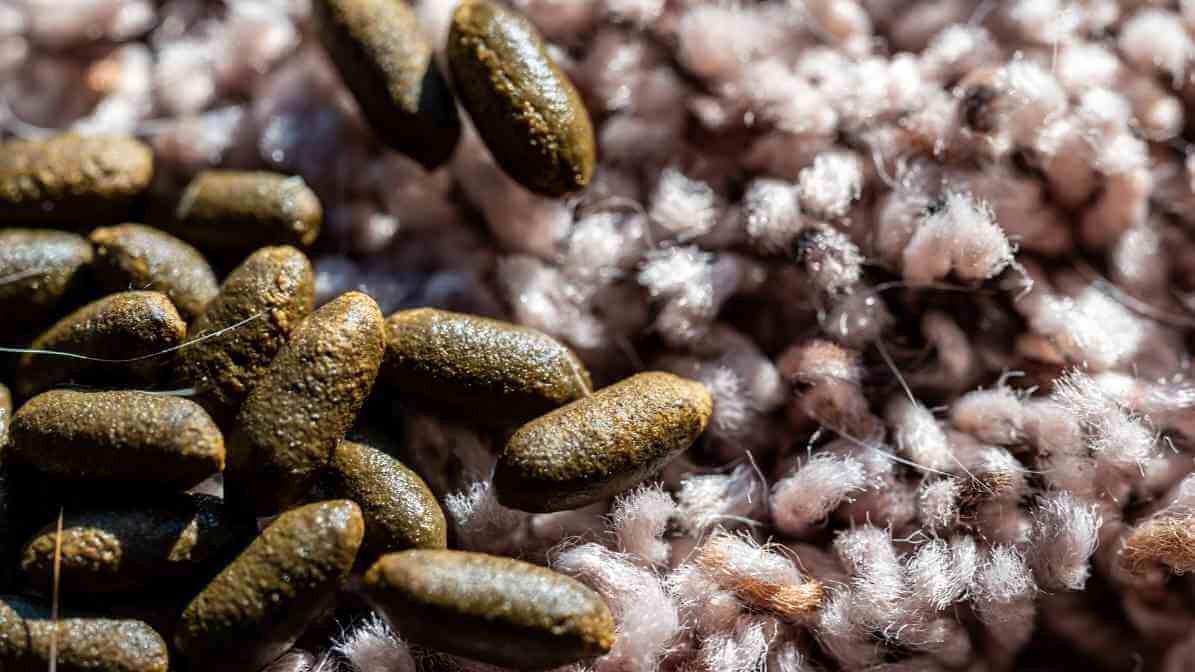
LCM is also rats and mice borne viral infectious disease dangerous transmitted by lymphocytic choriomeningitis virus (LCMV). The main host of LCMV is the common pest, house mouse, mus musculus that thrive in urban living. Estimation of 5 percent of house mice that survives throughout Malaysia carries LCMV and capable of transmitting the virus. Other kind of rodents, like pet hamsters are not carriers, but can be infect with LCMV from infected mice.
LCMV infections can be transmit through exposure to their urine, faeces or nest materials from infectious rodents, house mice. Getting bites from a rodent that is infect with the disease can be categories as a risk to exposure. Infections commonly occur during the rainy seasons when mice seeks refuge in properties for warmth and food source. Transmission of disease can happen when nesting materials get in contact with open wound or a bite.
The first phase of infection shows flu symptoms, fever, lack of appetite, body aches, headache and nausea. For some these symptoms may include sore throat, joint pain, coughing, chest pain, lymph glands and salivary gland pain. The symptoms for the second phase may include meningitis (fever, headache, stiff neck), encephalitis, or meningoencephalitis. Patients that develop neurological disease survive, depending on the severity they may require to be hospitalise.
Women infected with LCM during pregnancy can potentially pass it down to their foetus. Infection during the first trimester will result in death for the foetus or termination of the pregnancy. Infection during second and third trimesters will inflict serious birth defects such as vision issues, mental development and hydrocephaly. To prevent and protect homes and businesses from LCMV infection, rodent control service and prevention measures are essential.
Number 3 - Plague Dangerous Rodent Diseases
Plague
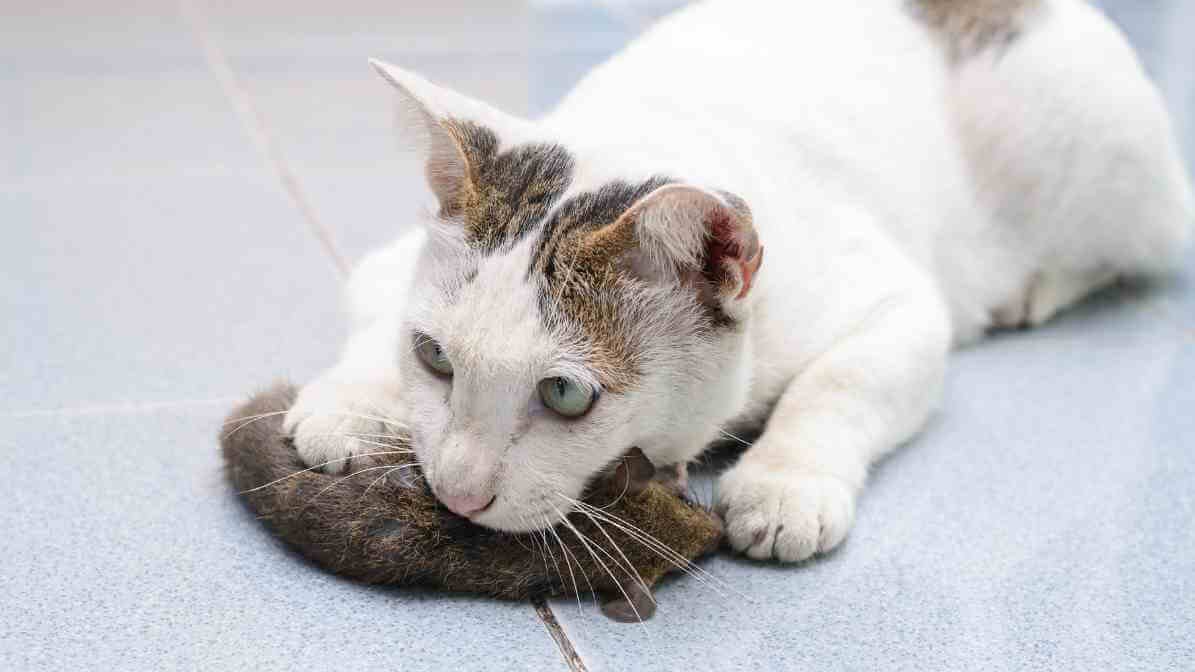
The black death bubonic plague pandemic kill millions in Europe during 1346 to 1353. The last pandemic outbreak that is rat-associated plague was in the United States, in Los Angeles in 1924 to 1925. Bubonic plague bacteria are transmit by the flea bite, all by the same bacterium, Yersinia pestis. If an infect rodent dies, fleas may feed on its blood meal and then host onto humans or even pets.
Bubonic plague will appear in 2 to 6 days with fever, headache, cold chills, swollen, tender and painful lymph nodes. Transmission of plague maybe from the contact of contaminated fluid or tissue. For example, a butcher skinning an infected animal without the proper precautions can get the infection. This kind of exposure to infected flea will results in bubonic plague or septicemic plague.
A life threatening septic shock that includes fever, chills, extremely weak, abdominal pain and internal bleeding in organs. It occurs in the first symptom and may develop from an untreated bubonic plague. Pneumonic plague will develops after breathing in bacteria containing droplets. Leading to patients having fever, headache, shortness of breath and cough.
Pneumonic is the most serious form of plague that spreads from one to the other attacking the immune system, blood system and lungs. This serious illness is treatable with antibiotics if detect early, without treatment, it can cause serious illness or death. To reduce the risk of plague, it is important to prevent and control rodents. Owners must make sure any cracks or crevices on the exterior of their property are seal to avoid entry.
Number 4 - Salmonella Dangerous Rodent Diseases
Salmonella
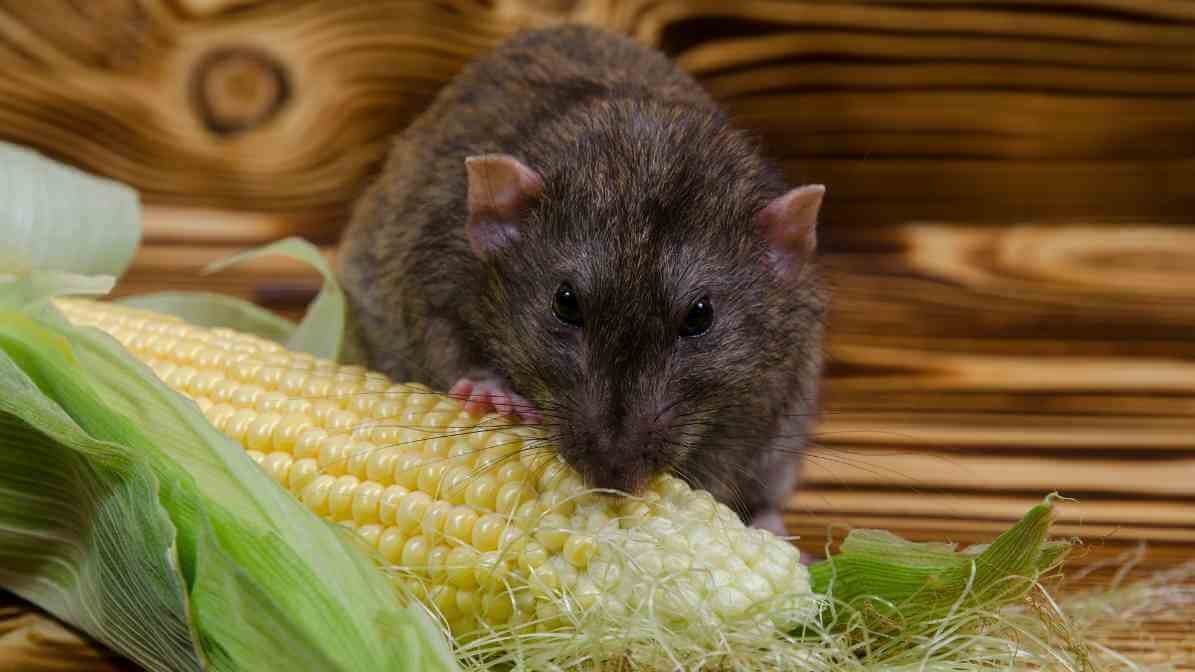
Salmonella is a common food-borne illness and cause of diarrhoea diseases worldwide, especially in tropical countries. Traditionally wet markets are part of daily life in Malaysia, primarily selling fresh produce of meat, vegetables and fruit. Most vendors have a permanent stall displaying their products on a metal table sheets or on the ground. The presence of rodents is tough to avoid and possible rodent borne will impact a great danger to public health.
In tropical countries with high food source availability gives rodent the ability to populate and breed in large numbers. Restaurant, cafe, supermarkets are ideal locations for rats to search for food, shelter and warmth throughout the year. With rats multiply and thriving, contamination and transmission of Salmonella and various other harmful diseases can occur. Some rodents can carry Salmonella in their digestive tract system, means contact with their faecal matter can pose risk.
Salmonella symptoms includes fever, stomach cramps, nausea and vomiting, headache and diarrhoea. Symptoms will appear within hours to a few days after contact with rodents and expose to salmonella bacteria. Symptoms of salmonella will affect your gastrointestinal tract, causing you to develop diarrhoea, fever and stomach cramps. Seek professional doctors assistance to get the best treatment to remedy your health and stay hydrated.
For more information regarding rodent control, prevention or elimination for residential home and commercial businesses. Contact our pest control specialists in Malaysia for a permanent solution.
Number 5 - Rat Bite Fever (RBF) Dangerous Rodent Diseases
Rat Bite Fever
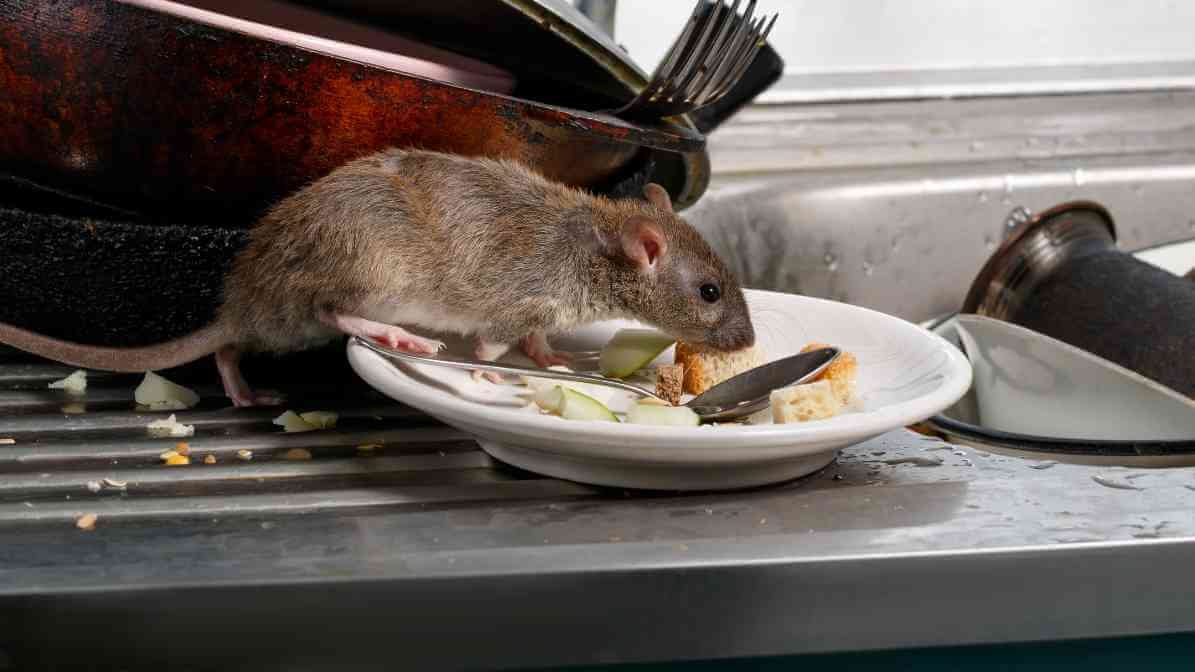
Certain people are more at risk from spirillary rat bite fever, a seriously harmful and deadly disease. The bacteria that causes RBF is part of the food rodent eats, it becomes a natural germs in their bodies. Not possible to tell which rodents are carrying bacteria that causes RBF just by looking at it. If you get bite or scratch and develop symptoms of RBF, you need to seek medical assistance immediately.
The infection is resistant to various type to antibiotics. Getting the proper treatment of antibiotics is important to avoid the disease from spreading. The symptoms start showing on the third to 10 days after contact and persist up to 21 days. Usually by then, the bite or scratch will heal, making it harder to remember the cause of the illness.
The fever begins to develop after 2 to 3 days, follow by rash that may appear on hands and feet. The rashes look flat, red with tiny bumps and gradually joints become swollen or painful. An early treatment of antibiotics is crucial to prevent complications of RBF. Complications may include cerebrospinal fluid, an infected fluid in the body, like in your brain, spine or belly.
The infection can harm various major organs, such as the kidneys, lungs, liver, heart, brain, and nervous system. Though streptobacillary rat bite fever complications are rare but can be extremely serious and even deadly.
Number 6 - Tularemia Dangerous Rodent Diseases
Tularemia
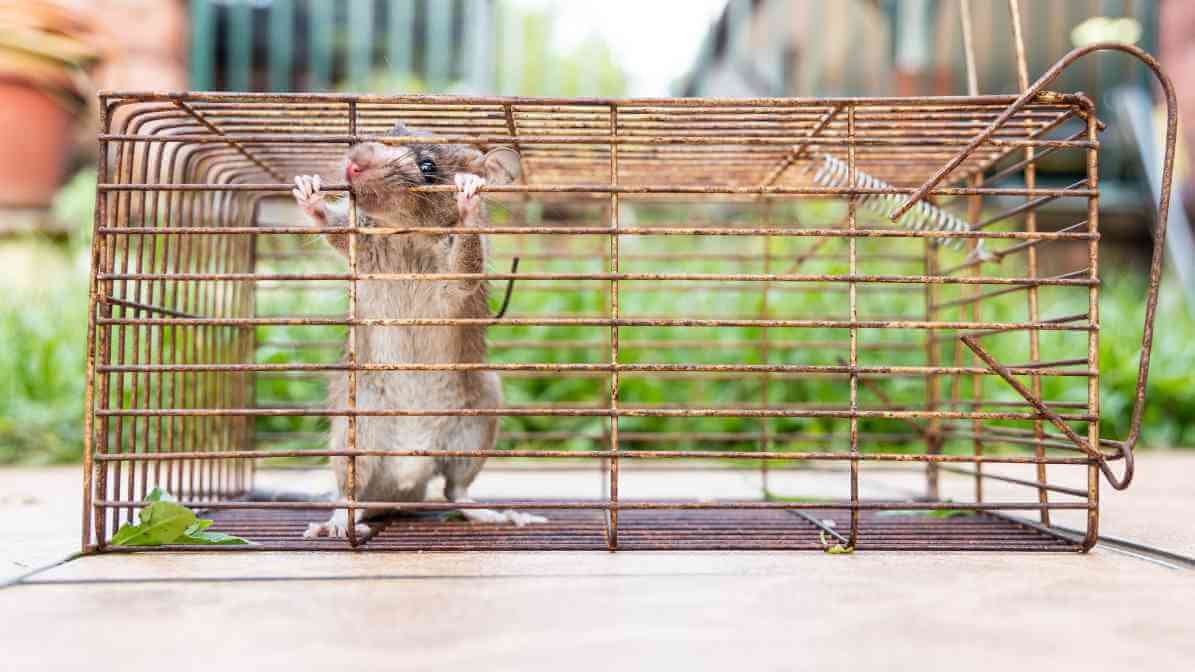
Mankind can get infect through various routes, including tick and fly bites when skin gets in contact with infected animals. Drinking of contaminated fluid and through inhaling of contaminated dusts or aerosols. The symptoms of tularemia differs depending on the way the bacteria gets into the body. All sorts of ways will develop fever, which can be as high as 38° C and above.
Even though tularemia is a life-threatening infections, it can be treat successfully with a course of antibiotics. Common form of disease is ulceroglandular that usually occurs after a tick or fly bite or handling infect animal. Skin ulcer will appears in area that the enters the body and signs of swelling of regional lymph glands, in the armpit or groin. Glandular tularemia is closely similar to ulceroglandular tularemia just without any ulcer.
Oculoglandular disease will develop as soon as the bacteria enters from the eye. This may occur while butchering or in contact by accidentally splashing the airborne particles into the eyes. Symptoms will include inflammation of the eye and swelling of lymph glands in the front part of the ear. The most dangerous form of tularemia is oneumonic infection, symptoms that includes coughing, chest pain and shortness of breath.
It may result from breathing dusts or aerosols containing these organism. It needs to be treat with caution as left untreated the bacteria can spread widely throughout the bloodstream aiming the lungs.
Can Rodent Return After Pest Control Treatment?
Unfortunately, they are live dangerously for food source, so sometimes they can be a bit persistent. But with the proper baiting program or trap program, along with IPM solution, it will help prevent them from returning.
Professional Rodent Control Services
Innovative Pest Blog Summary
At Innovative Pest Sdn Bhd, we provide a few effective approach to rodent control methods:
Rodent Stations help to protects baits from moisture and dusts. They will also serve as protection for children and pets as well as contamination. Snap Traps will impact and trap, as soon as it is trigger the bar comes down and snap.
Glue Board is a plastic or cardboard tray will be evenly coat with an extremely sticky adhesive. They become stuck immediately upon contact. Rodent Pellet is an effective pesticide design to kill rodents such as rats and mice, adult or young rats. Using a substance such as peanut butter can aid in enticing and drawing them in.

